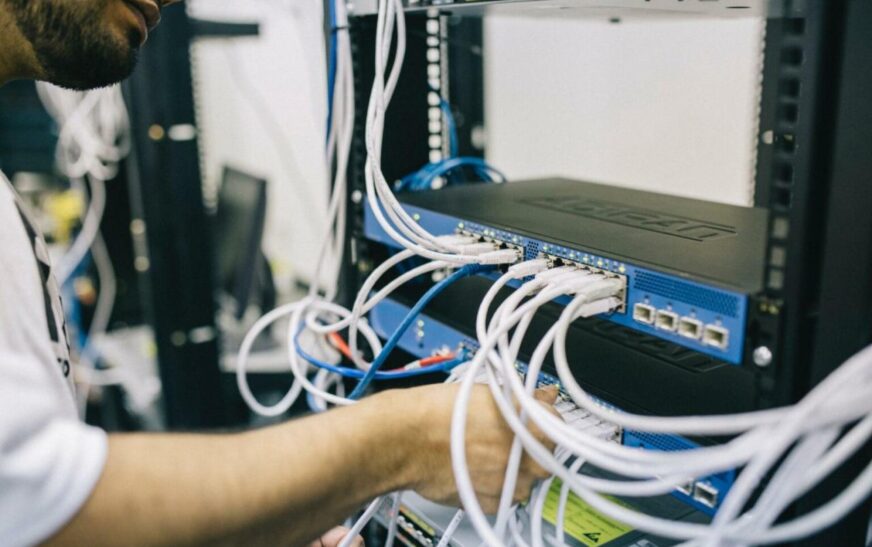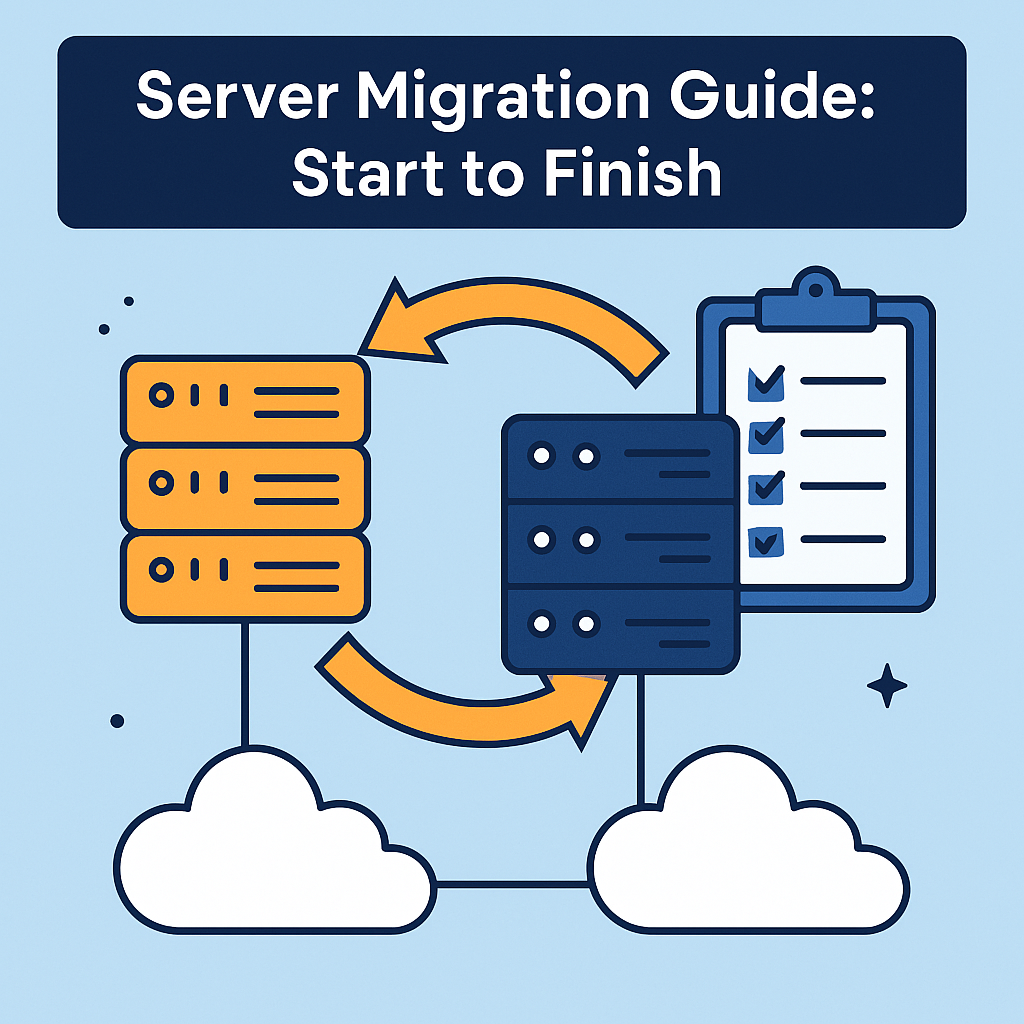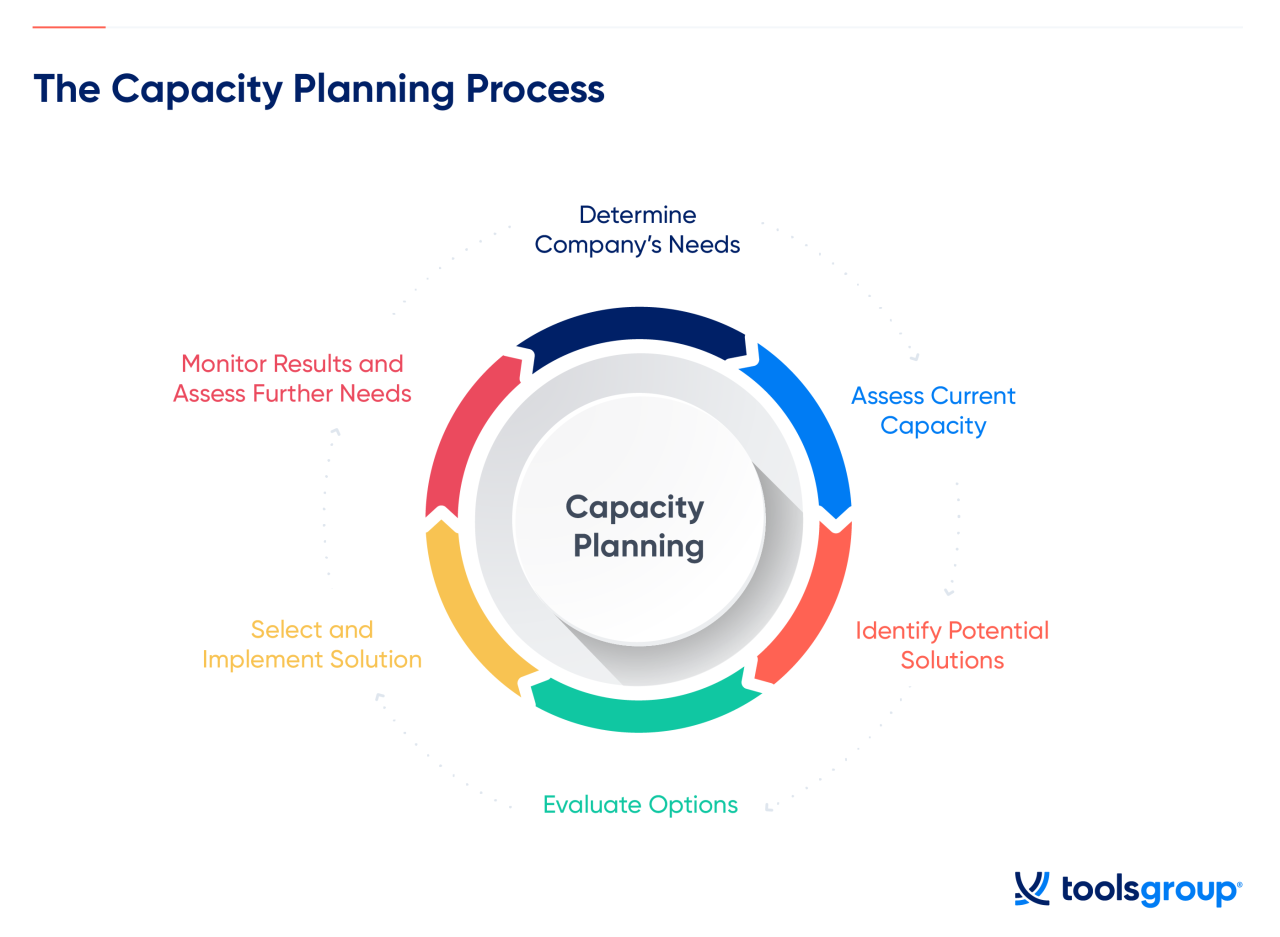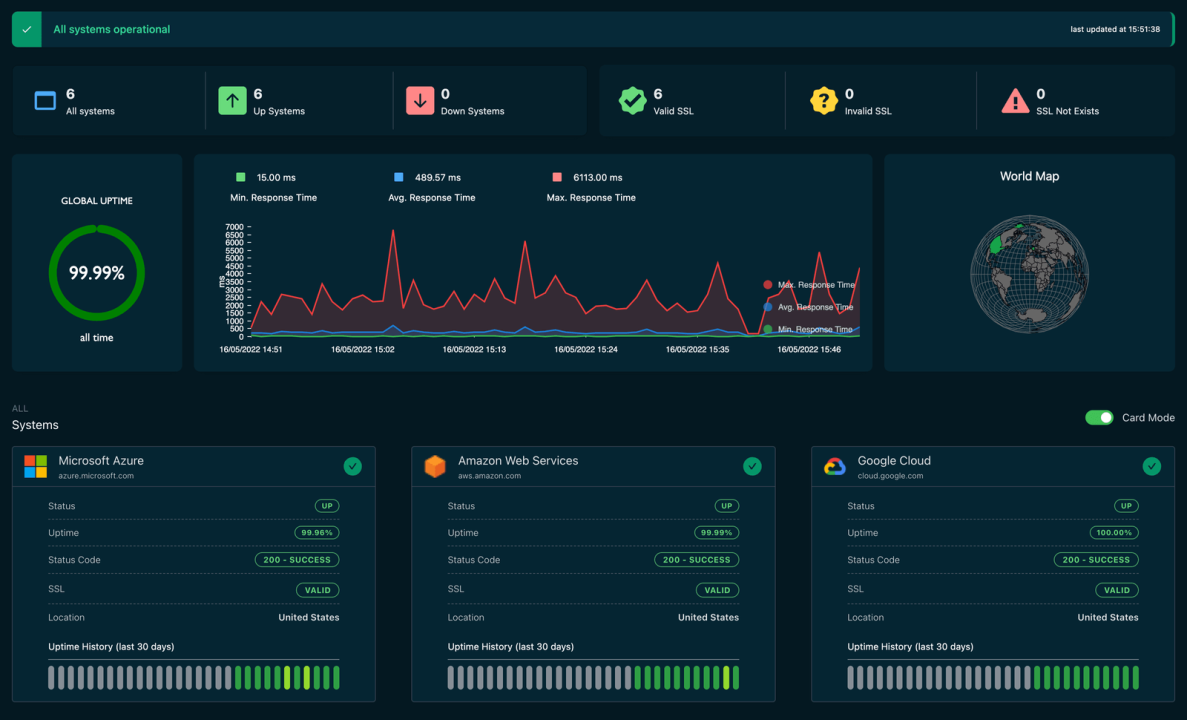With The Importance of Server Monitoring and Logging at the forefront, discover how real-time monitoring and detailed logging play a crucial role in maintaining a seamless IT infrastructure. Dive into the world of server management and unleash the power of proactive problem-solving.
Explore the significance of monitoring tools, the benefits of logging, and the best practices that can elevate your server performance to new heights.
Importance of Server Monitoring
Real-time server monitoring is essential for maintaining the health and performance of your systems. By constantly monitoring various metrics and parameters, you can quickly identify any issues that may arise and address them before they escalate into major problems.
Identifying Performance Issues Proactively
- Server monitoring allows you to track key performance indicators such as CPU usage, memory utilization, disk space, and network traffic.
- By analyzing these metrics in real-time, you can detect any anomalies or deviations from normal patterns, indicating potential performance issues.
- Proactive identification of performance issues helps you take corrective actions promptly, optimizing system efficiency and preventing downtime.
Preventing Downtime and Ensuring Availability
- Server monitoring plays a crucial role in preventing unexpected downtime by monitoring server availability and responsiveness.
- By setting up alerts and notifications for critical events, you can be alerted immediately when there is a problem, allowing you to take immediate action to resolve it.
- Ensuring high availability of your systems is vital for business continuity and customer satisfaction, making server monitoring an indispensable tool for any organization.
Types of Server Monitoring Tools
When it comes to monitoring servers, there are various tools available in the market to choose from. These tools play a crucial role in ensuring the smooth operation and performance of servers. Let’s explore some popular server monitoring tools and understand the differences between them.
Agent-Based vs. Agentless Monitoring, The Importance of Server Monitoring and Logging
Agent-based monitoring tools require the installation of software agents on each server to collect data and send it back to the central monitoring system. These agents can provide detailed insights into server performance but may require more resources and maintenance.
Examples of agent-based tools include Nagios and Zabbix.On the other hand, agentless monitoring tools gather data from servers without the need for installing any additional software. These tools are easier to set up and manage, making them a more lightweight option for monitoring servers.
Examples of agentless tools include SolarWinds and PRTG Network Monitor.
Optimizing your website speed is crucial for enhancing user experience and boosting search engine rankings. By utilizing digital tools to optimize your website speed , you can analyze performance metrics, identify bottlenecks, and make necessary improvements. This proactive approach will help your site load faster, engage visitors, and ultimately drive more conversions.
Criteria for Selecting a Server Monitoring Tool
Scalability
Consider the size of your infrastructure and whether the tool can scale as your organization grows.
Ease of Use
Choose a tool that offers a user-friendly interface and easy setup process.
Customization
Look for a tool that allows you to customize alerts and reports based on your specific needs.
Integration
Ensure that the monitoring tool can integrate with other systems and applications in your environment.
Cost
Evaluate the cost of the tool and consider the value it provides in terms of features and functionality.Overall, selecting the most suitable server monitoring tool depends on factors such as the size of your infrastructure, the level of detail you require, and your budget constraints.
Social media analytics play a significant role in understanding audience behavior and improving marketing strategies. Explore the best digital tools for social media analytics to track engagement, measure ROI, and refine your content strategy. By harnessing these tools effectively, you can maximize your social media presence and achieve impactful results.
By carefully considering these criteria, you can choose a tool that best meets your organization’s needs and helps ensure the optimal performance of your servers.
Benefits of Logging in Server Management
Logging plays a crucial role in server management by providing a detailed record of system activities and events. This data is essential for monitoring, troubleshooting, and optimizing server performance.
Monitoring website traffic is essential for evaluating the effectiveness of your online efforts and identifying areas for growth. With digital tools to track and analyze website traffic , you can gain valuable insights into visitor demographics, behavior patterns, and popular content.
This data-driven approach enables you to optimize your website performance and tailor your marketing campaigns for maximum impact.
Tracking System Activities and Events
- Logging allows administrators to track user actions, system events, and errors in real-time.
- By monitoring logs, IT teams can identify unauthorized access attempts, security breaches, and other suspicious activities.
- Having a comprehensive log of all server activities helps in ensuring compliance with regulations and auditing requirements.
Troubleshooting and Debugging Server Issues
- Log data provides valuable insights into the root causes of server issues, helping in quick identification and resolution of problems.
- By analyzing logs, administrators can pinpoint performance bottlenecks, resource utilization issues, and software errors affecting server operation.
- Logs are essential for post-incident analysis, allowing teams to understand the sequence of events leading to system failures and develop preventive measures.
Insights from Analyzing Server Logs
- Server logs can reveal patterns, trends, and anomalies that may indicate potential security threats or system vulnerabilities.
- By correlating data from different log sources, administrators can gain a holistic view of server health and performance.
- Analyzing historical log data can help in capacity planning, predicting future resource requirements, and optimizing server configuration for better efficiency.
Best Practices for Server Monitoring and Logging
Setting up effective server monitoring and logging practices is crucial for maintaining the performance and security of your systems. Here are some key best practices to follow:
Regular Monitoring and Alert Configuration
- Set up monitoring tools to regularly check the health and performance of your servers.
- Configure alerts to notify you of any unusual activity or potential issues.
- Establish baseline metrics to compare against for early detection of anomalies.
Proper Log Management Configuration
- Configure log management systems to collect and store logs efficiently.
- Ensure logs are timestamped and organized for easy analysis and troubleshooting.
- Implement log aggregation to centralize logs from multiple servers for better visibility.
Regular Log Rotation and Archival
- Set up a log rotation schedule to prevent log files from becoming too large and impacting performance.
- Archive logs periodically to free up storage space and maintain system efficiency.
- Consider implementing automated log rotation and archival processes for convenience and consistency.
In conclusion, embracing robust server monitoring and logging practices can transform the way you manage your systems. Stay ahead of potential issues, optimize performance, and ensure seamless operations by implementing these essential strategies.








